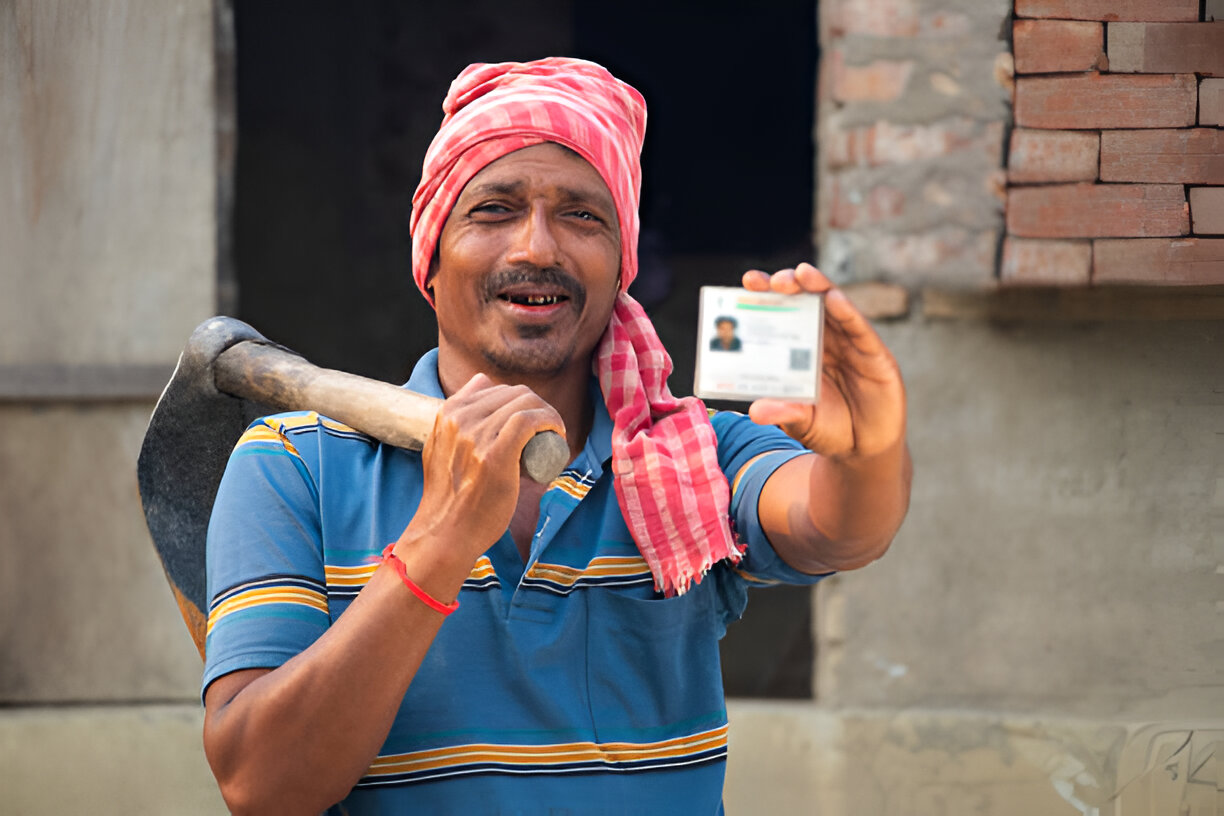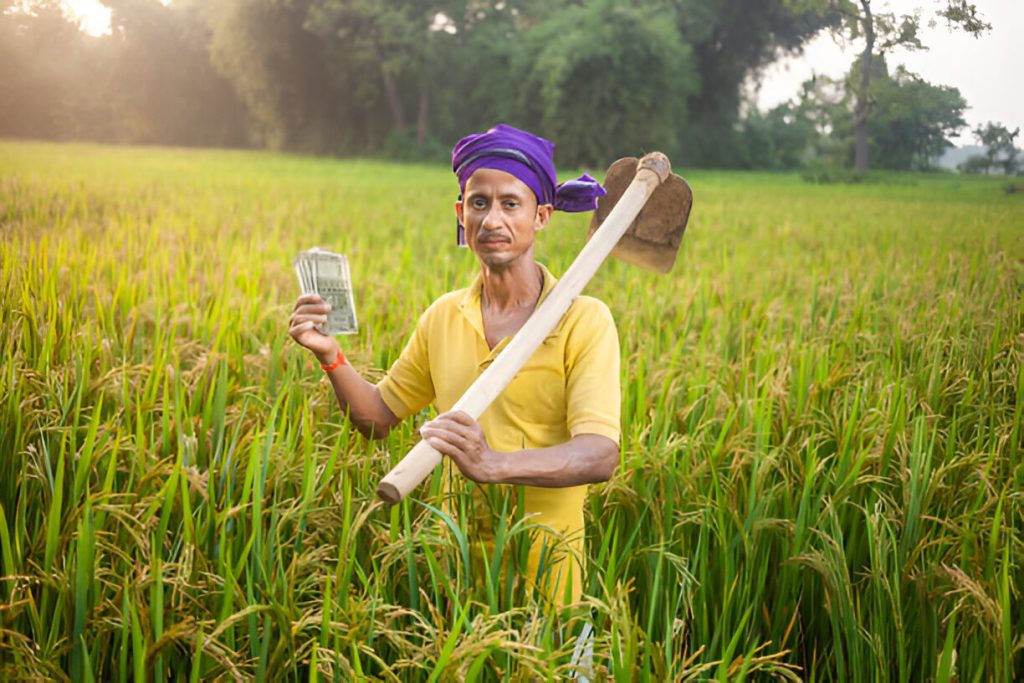
In this blog, we’ll break down everything you need to know about MGNREGA wage rates, how they are determined, and what you can expect to earn. Let’s get started.
The Mahatma Gandhi National Rural Employment Guarantee Act (MGNREGA) is one of the most significant social security schemes in India.
It aims to provide at least 100 days of guaranteed wage employment in a financial year to every rural household whose adult members volunteer to do unskilled manual work. But how much can you actually earn through MGNREGA? What are the wage rates, and how do they vary across states?
What is MGNREGA, and Why Does It Matter?
MGNREGA was introduced in 2005 to address rural poverty and unemployment. It guarantees a legal right to work, ensuring that rural households have a safety net during tough times. The scheme not only provides employment but also focuses on creating durable assets like roads, ponds, and irrigation systems that benefit the community.
For millions of rural families, MGNREGA is a lifeline. It offers a steady income source, especially during agricultural off-seasons when work is scarce. But the big question on everyone’s mind is: How much can you earn through MGNREGA?
Understanding MGNREGA Wage Rates
MGNREGA wage rates are not uniform across India. They vary from state to state, depending on factors like the cost of living and the type of work being done.
The central government revises these rates annually, and the wages are linked to the Consumer Price Index for Agricultural Labour (CPI-AL) to account for inflation.
Here’s a quick breakdown of how MGNREGA wage rates work:
- State-wise Variations: Each state has its own wage rate, which is determined by the central government. For example, in 2023, the wage rate in Haryana is ₹357 per day, while in Bihar, it’s ₹228 per day.
- Types of Work: The wages are paid for unskilled manual work, such as digging, construction, and farming-related activities.
- Payment Frequency: Wages are typically paid on a weekly or bi-weekly basis, directly into the worker’s bank account.
MGNREGA Wage Rates 2023: State-wise Breakdown
Let’s take a closer look at the MGNREGA wage rates for 2023. Here’s a state-wise breakdown to give you a clear picture:
| Sl.No. | Name of State/Union Territory | Wage Rate (Rupees per day) |
| 1 | Andhra Pradesh | 300 |
| 2 | Arunachal Pradesh | 234 |
| 3 | Assam | 249 |
| 4 | Bihar | 245 |
| 5 | Chhattisgarh | 243 |
| 6 | Goa | 356 |
| 7 | Gujarat | 280 |
| 8 | Haryana | 374 |
| 9 | Himachal Pradesh | Non-scheduled Areas 236Scheduled Tribes Areas 295 |
| 10 | Jammu and Kashmir | 259 |
| 11 | Ladakh | 259 |
| 12 | Jharkhand | 245 |
| 13 | Karnataka | 349 |
| 14 | Kerala | 346 |
| 15 | Madhya Pradesh | 243 |
| 16 | Maharashtra | 297 |
| 17 | Manipur | 272 |
| 18 | Meghalaya | 254 |
| 19 | Mizoram | 266 |
| 20 | Nagaland | 234 |
| 21 | Odisha | 254 |
| 22 | Punjab | 322 |
| 23 | Rajasthan | 266 |
| 24 | Sikkim, (3 Gram Panchayats named Gnathang, Lachung and Lachen) | Rs 249.00, Rs. 374.00 |
| 25 | Tamil Nadu | 319 |
| 26 | Telangana | 300 |
| 27 | Tripura | 242 |
| 28 | Uttar Pradesh | 237 |
| 29 | Uttarakhand | 237 |
| 30 | West Bengal | 250 |
| 31 | Andaman and Nicobar | Andaman District: 329.00, Nicobar District: 347.00 |
| 32 | Dadra and Nagar Haveli & Daman and Diu | 324 |
| 33 | Lakshadweep | 315 |
| 34 | Puducherry | 319 |
This notification shall come into force on the 1″ day of April, 2024.
Source: Wage rate notification for FY2024-25
As you can see, the wage rates vary significantly. States like Haryana and Karnataka offer higher wages, while states like Bihar and Jharkhand have lower rates. This variation is due to differences in living costs and economic conditions across states.
How Are MGNREGA Wage Rates Determined?
You might be wondering why there’s such a disparity in wage rates across states. Here’s how the rates are determined:
- Consumer Price Index (CPI): The wage rates are linked to the CPI for Agricultural Labour, which measures changes in the cost of living for rural workers.
- State-specific Factors: The central government considers factors like the cost of living, inflation, and economic conditions in each state before finalizing the wage rates.
- Annual Revision: The wage rates are revised every year to account for inflation and ensure that workers are paid fairly.

Read More
Right to Education in India: Apply for Free Schooling Now
From Orphan to Entrepreneur How Support Transforms Girls’ Lives
Pain Points and Challenges with MGNREGA Wages
While MGNREGA has been a game-changer for rural employment, it’s not without its challenges. Here are some common pain points faced by workers:
- Low Wage Rates: Many workers feel that the wage rates are too low to meet their basic needs, especially in states with higher living costs.
- Delayed Payments: Delays in wage payments are a persistent issue, causing financial stress for workers.
- Lack of Awareness: Some rural households are unaware of their rights under MGNREGA, leading to underutilization of the scheme.
- Limited Workdays: The guarantee of 100 days of work per year is often insufficient for families who need more consistent income.
Solutions to Overcome These Challenges
If you’re facing these challenges, here are some steps you can take:
- Stay Informed: Keep track of the latest wage rates and updates from the government. You can visit the official MGNREGA website or contact your local Gram Panchayat for information.
- Demand Timely Payments: If you’re experiencing delays in wage payments, raise the issue with your local authorities or use the MGNREGA grievance redressal mechanism.
- Apply for More Workdays: If 100 days of work aren’t enough, you can request additional workdays through your Gram Panchayat.
- Spread Awareness: Educate your community about their rights under MGNREGA and how they can benefit from the scheme.
How to Maximize Your Earnings Under MGNREGA
While the wage rates are fixed, there are ways to make the most of your earnings under MGNREGA:
- Work Consistently: Ensure that you complete your 100 days of work each year to maximize your income.
- Participate in Skill Development Programs: Some states offer skill development programs under MGNREGA, which can help you take on more specialized work and earn higher wages.
- Monitor Your Payments: Keep track of your wage payments and report any discrepancies immediately.
The Bigger Picture: How MGNREGA Impacts Rural India
MGNREGA is more than just a wage employment scheme. It has far-reaching impacts on rural India:
- Reducing Poverty: By providing a steady income source, MGNREGA helps reduce poverty and improve the standard of living for rural families.
- Empowering Women: A significant portion of MGNREGA workers are women, giving them financial independence and a voice in their households.
- Creating Durable Assets: The scheme focuses on creating infrastructure like roads, ponds, and irrigation systems, which benefit the entire community.
Frequently Asked Questions (FAQs): MGNREGA Wage Rates
What is the minimum wage under MGNREGA?
The minimum wage varies by state. In 2023, it ranges from ₹221 to ₹357 per day.
How can I check my MGNREGA payment status?
You can check your payment status on the official MGNREGA website or through your local Gram Panchayat.
Can I work more than 100 days under MGNREGA?
Yes, in some cases, additional workdays may be provided based on demand and availability of funds.
Are MGNREGA wages enough to live on?
While MGNREGA wages provide a basic income, they may not be sufficient to meet all expenses. Many workers supplement their income with other sources.
How are MGNREGA wage rates decided?
The wage rates are linked to the Consumer Price Index for Agricultural Labour and are revised annually by the central government.
By understanding MGNREGA wage rates and how the scheme works, you can make informed decisions and take full advantage of the opportunities it offers.
Whether you’re a rural worker or someone interested in rural development, MGNREGA plays a crucial role in shaping the lives of millions. Let’s work together to make the most of it!
Final Thoughts: Is MGNREGA Worth It?
MGNREGA is a vital safety net for millions of rural households in India. While the wage rates may not be high, they provide a reliable income source during tough times. By staying informed and proactive, you can make the most of this scheme and improve your financial stability.
If you’re a rural worker, MGNREGA can be a lifeline. Understand your rights, demand timely payments, and use the scheme to its full potential. And if you’re someone who wants to support rural development, spreading awareness about MGNREGA can make a big difference.
